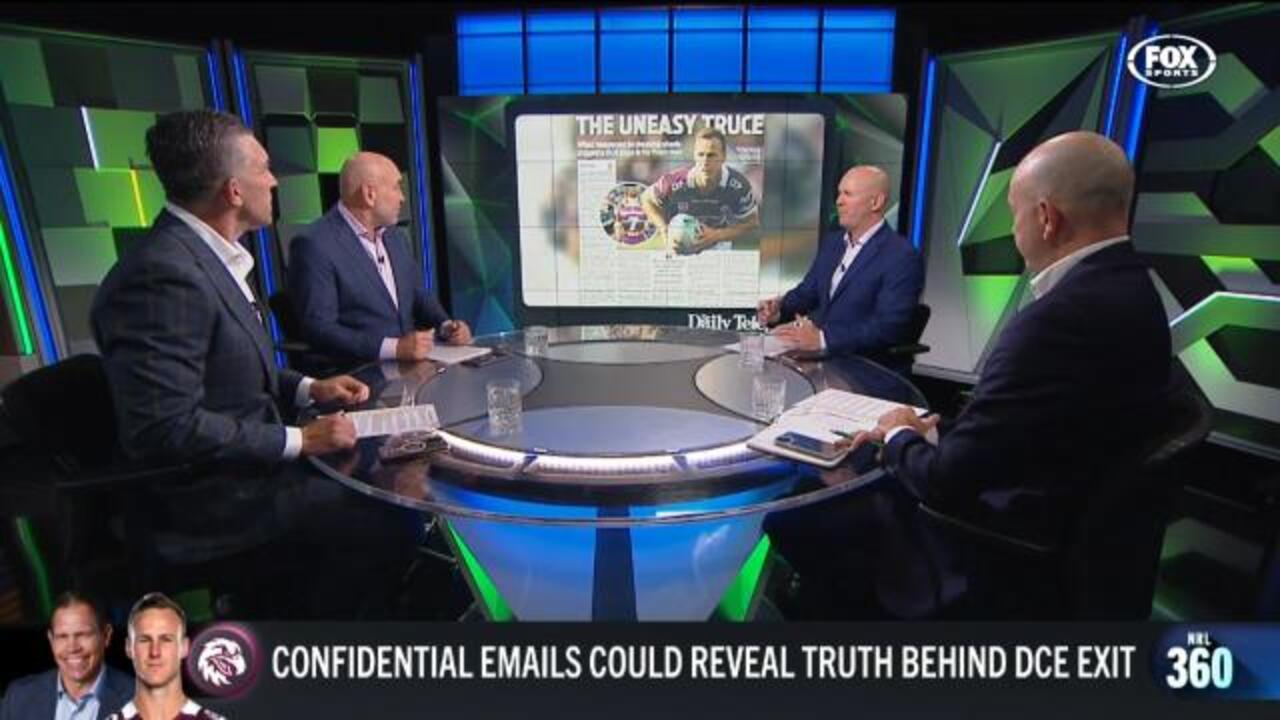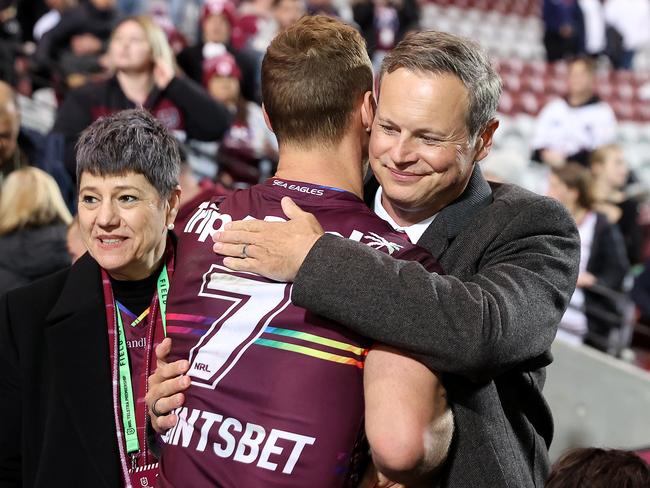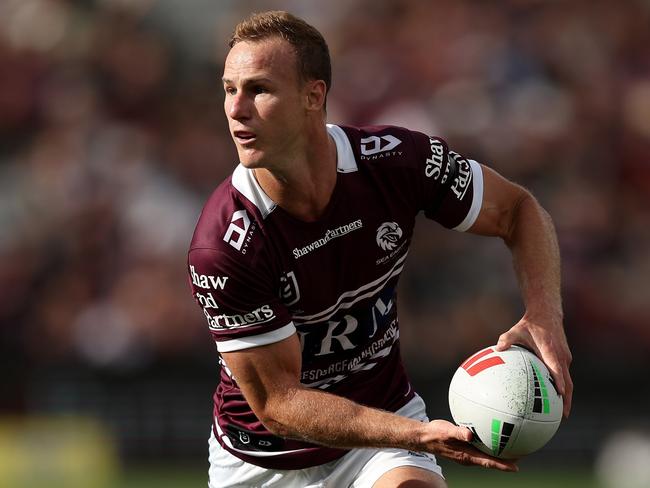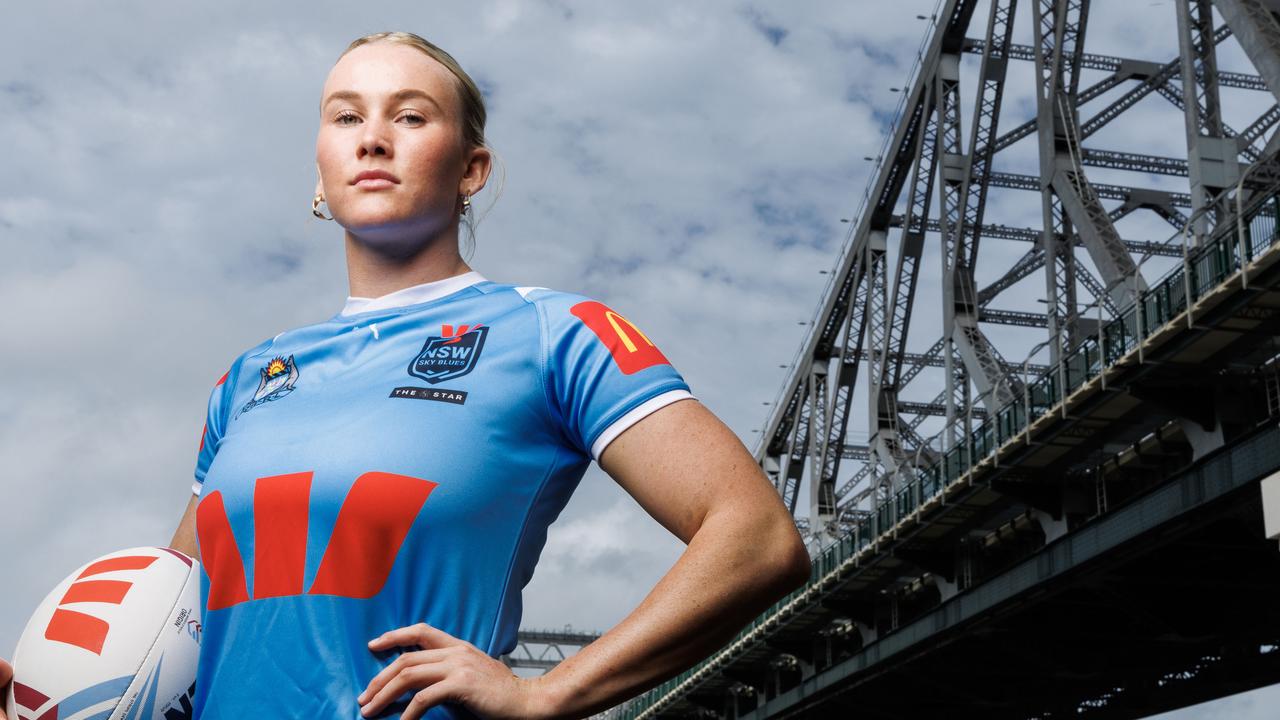NRL club bosses unite to push for player transfer windows on the back of ‘disruptive’ Daly Cherry-Evans saga
The Daly Cherry-Evans exit fiasco at the Sea Eagles has prompted four NRL club bosses to unite and renew calls for an overhaul to the league’s transfer system, proposing a less “disruptive” solution for the game.

Manly chairman Scott Penn has reignited calls for a rugby league player transfer window following the “disruptive” fiasco surrounding his captain, Daly Cherry-Evans, with a fellow club CEO labelling the current system as “rubbish.”
Penn’s push led to immediate and high-profile support from Penrith chief executive Brian Fletcher, Canberra CEO Don Furner and Storm boss Justin Rodski.
Furner said a restricted player movement period would have prevented Parramatta fans from jeering Newcastle-bound five-eighth Dylan Brown this year while Fletcher called for two transfer windows to be incorporated into the NRL calendar.
Cherry-Evans’ decision to announce he was quitting Manly attracted a media frenzy for seven successive days – a situation which could have been avoided by a transfer window, club CEO’s claim.
Any change to the system would require RLPA support for inclusion into the Collective Bargaining Agreement. The NRL has stressed that players are the game’s key stakeholders and that a transfer window wouldn’t be forced on them.
“What I do think we all need to work together on is an ideal trading window as I don’t think the current 12-month process is working,” Penn said.

“Perhaps a two-month window immediately after the season and before most clubs go back to training would be the ideal scenario so it is not as disruptive.”
Fletcher was pushing for two transfer windows, saying: “I think there should be a trade window from November 1 to round one the following year and another three-week trade window in the middle of the State of Origin series.
“That would ensure no further discussions apart from those two periods. At the moment, our CEO of football, Matt Cameron, is negotiating every day of the week. This way, you can only talk and transfer players in those periods.
“You don’t have to negotiate with anyone for the rest of the year, aside from those two periods, and you can get on with it. It saves all this rubbish where you pick up the paper every day and read about playing moving from here to there any time of the year. It can’t be done.”

Furner has previously worked on three CBA discussions with the NRL and RLPA.
“Everyone knows we’re the only competition in the world that has this contracting system where players can sign (for another club) a year out,” he said. “There should be a window which opens the day after the grand final. You’d only need two weeks because clubs would know what they want.
“If this happened, Parramatta fans wouldn’t be booing Dylan Brown every game. What about the Parramatta fans who have bought season tickets to support their players and turn up each week to watch a bloke who is leaving them? That in itself is reason enough (for change).
“Most of the moves are Sydney club-to-Sydney club or Brisbane to Redcliffe, Redcliffe to Gold Coast, Gold Coast to Townsville. It’s not like America where you could move from west coast to east coast.
“There are very few examples of a player having to uproot his family. Where are these massive moves that are apparently upsetting everybody? One or two might go to New Zealand every year.
“Moving your family happens everywhere in the world of sport and business. That’s life. A lot of players are still single and don’t yet have a family, therefore their relocation is quite easily done.”
NRL CEO Andrew Abdo added: “There’s no perfect system when it comes to player contracts and fans will always be interested to know about who is coming to or leaving their teams. We’ve long supported a trade window to provide more certainty, but any change requires agreement with the RLPA.”
But RLPA CEO Clint Newton labelled a transfer window “arbitrary” and said clubs could not build their rosters by waiting until the end of a season to sign players.
“Ultimately you can’t cherrypick your way to a perfect model,” said Newton. “Given the brutality of our game and the risk associated with it, players need to be able to move freely and clubs need to strategically prepare.”
Rodski added: “All options should be on the table for discussion, including mid-season and post-season trade windows.”






To join the conversation, please log in. Don't have an account? Register
Join the conversation, you are commenting as Logout